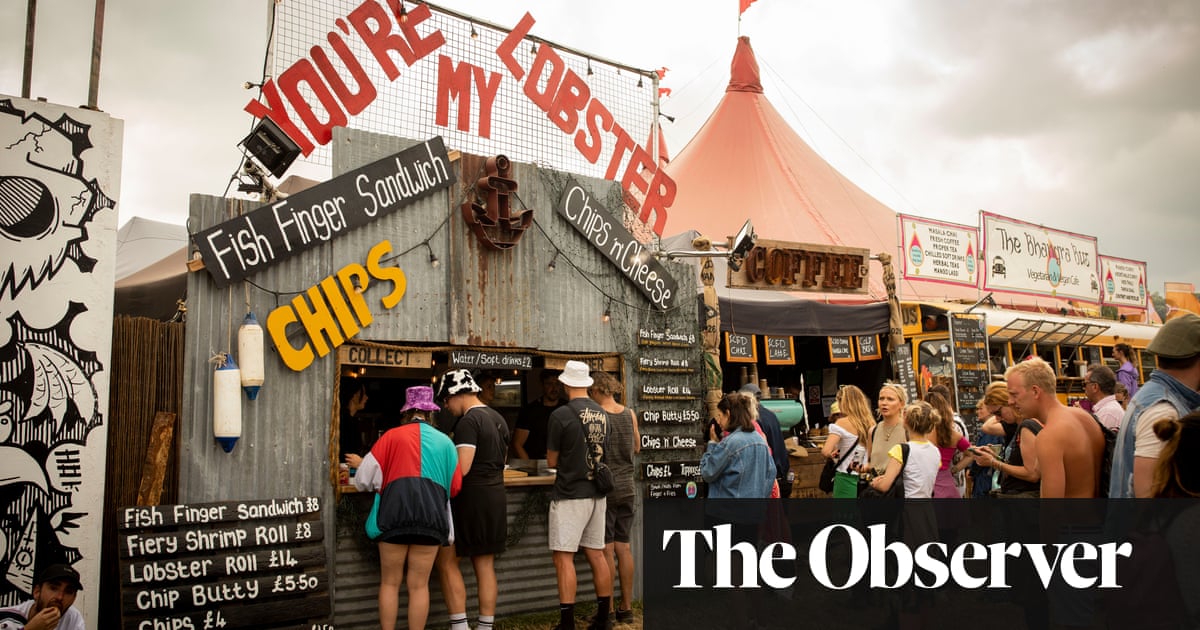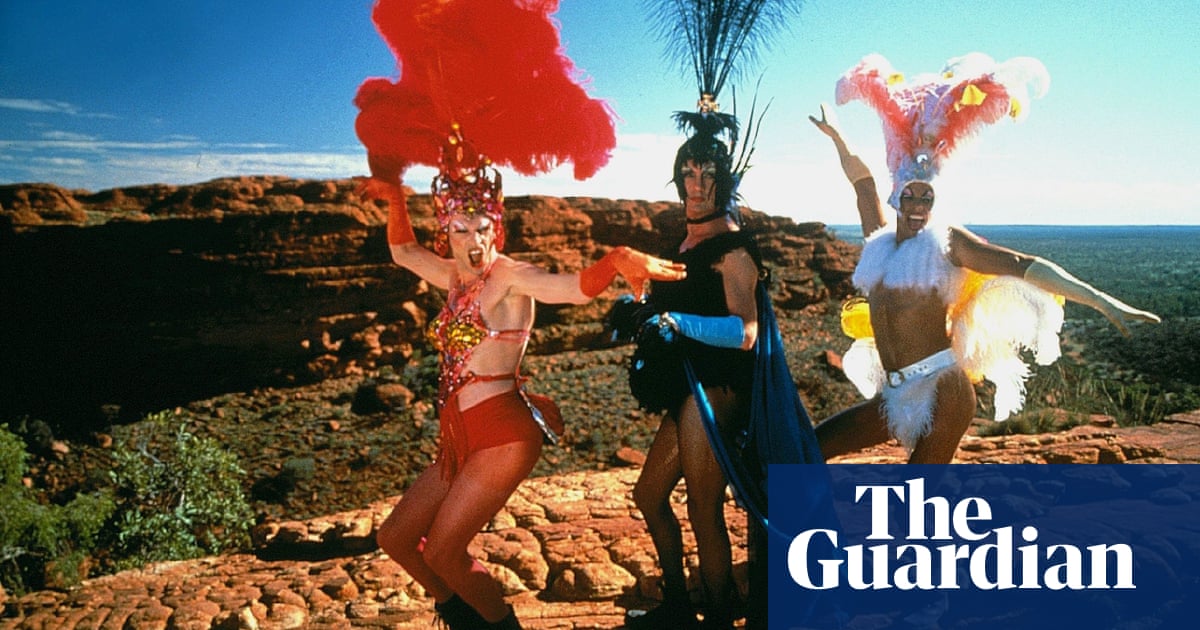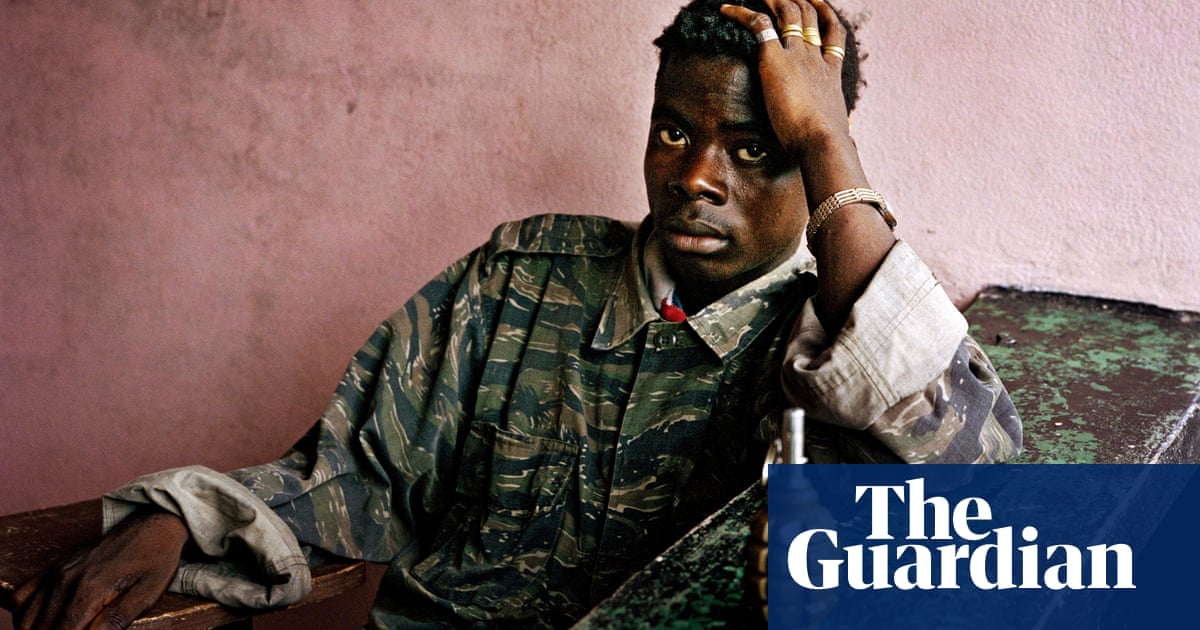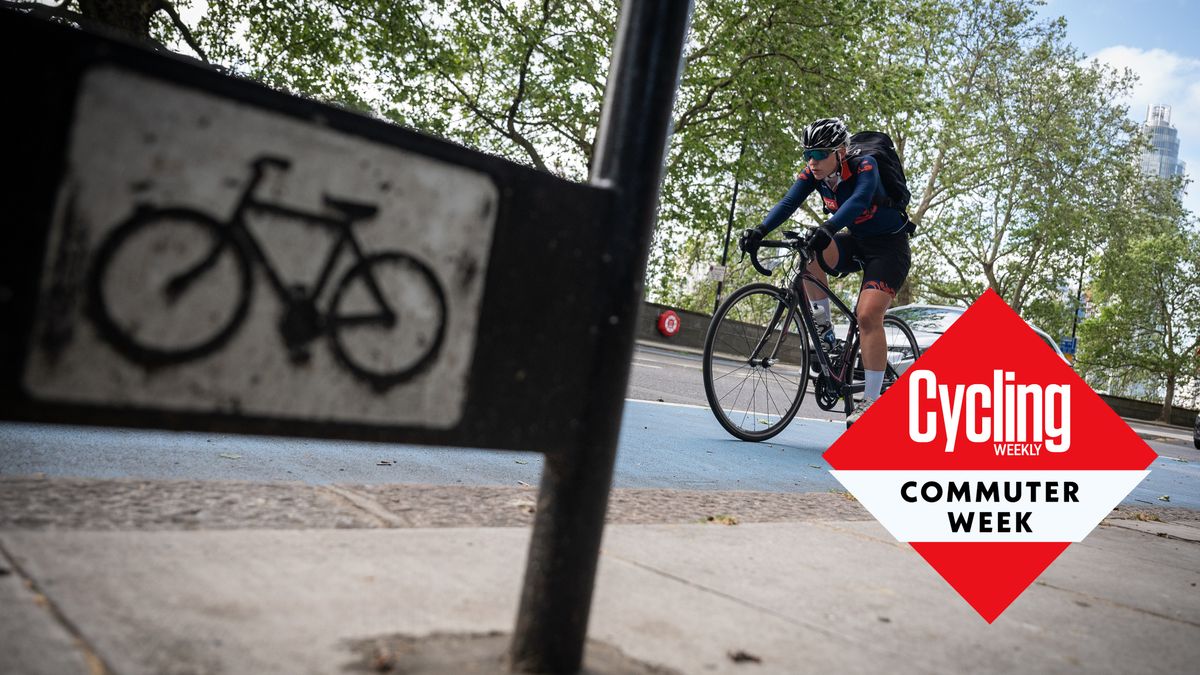
A celebration defying inflation: Glastonbury fans splash out on a party
Those who love Glastonbury say walking through the festival’s gates is like leaving the real world behind. And, for many, this year’s festival has been an overdue chance to forget about the cost of living crisis and splash out on £10 bucket hats, £6 pints and £14 lobster rolls.
As the first Glastonbury since 2019, this year’s event always seemed likely to feature some extravagance, despite taking place against the backdrop of the biggest fall in living standards since the 1970s. The majority of this year’s 138,000 festivalgoers bought their £285 tickets in 2019, when the only inflation troubling campers related to their airbeds.
“In general, people seem to be throwing caution to the wind and think ‘I’ll worry about it when I get home’,” said John Fraser, 54, enjoying a can of cider with his breakfast on Saturday morning.
The cheapest pint this year is £6 – about the same as in the trendier parts of London – while a double vodka and Coke costs £10.50. Prices have risen since 2019, although as it one of the few UK festivals to allow people to bring their own booze, many haul in crates of lager and bags of wine to see them through the five days.
Enjoying breakfast in the sun near the BBC Introducing stage, Lily Moore, 26, said she had put some savings aside for the festival and not spent as much as she expected. “I’ve never been to Glastonbury before but it does cost about £10-£11 for a meal,” she said. “I’ve not heard anyone say ‘I’m really struggling to pay for stuff’. I think we’ve waited so long that they’re just buzzing to be here.”
At Funky Bumbags, owner Rick Lomas was doing a roaring trade in one of this year’s must-have accessories: bucket hats emblazoned with the Rick and Morty line “Flip the pickle”.
Lomas, 65, sells bum bags, bucket hats and sunglasses at 12 festivals every year, but Glastonbury is always the busiest. The soaring price of fuel will eat into profits, he said, but there was little sign that ordinary festivalgoers were feeling the pinch. “Glastonbury is quite middle-class now, and it’s the people who haven’t really been hit as hard,” he said.
The only limit on people’s willingness to spend appeared to be the temperamental card machines, which meant that many bars and stalls could only take cash for large parts of the festival. This was a double blow for businesses, said Lomas, because people are more careful how they spend cash than contactless – if they even have cash on them in the first place.
Iron Maiden’s lead singer, Bruce Dickinson, once called Glastonbury “the most bourgeois thing on the planet” and founder Michael Eavis admitted in 2007 that it had become too middle-aged and respectable. A YouGov poll in 2014 found wealthier people were more likely to want to attend, giving credence to the suggestion that it attracts an older, more middle-class, crowd than Download or Leeds and Reading.
High up near Glastonbury’s stone circle, those wanting a more boujee festival experience can hire an 18ft tipi. For a group of six adults, this would set you back a cool £2,860 – or £476 each. In the tipi village, campers can enjoy a “luxurious wood-fired yurt sauna” before indulging in a spot of shopping at a stand selling hand-woven Mexican rugs for £80.
There are ways to do Glastonbury on a budget. Since 2015, the festival has run “food for a fiver”, where traders sell smoothies, tea and cakes and even a mini Sunday roast for £5. Three-quarters of the site’s 400 food stalls take part in the scheme.
You can budget for the festival. Once you find places that are cheap you know where to go.
“It is noticeably more expensive than it has been in previous years,” said Victoria McBride, sipping a coffee in the sun outside the political Left Field stage.
“We look out for the food-for-a-fiver stickers. The portions are often not as big as the more expensive options, but I suppose it means we can try more!”
Another way of saving money is to join the 2,000-strong band of stewards and litter-pickers. Julie Malloy and Jo Miller are two of 40 in a litter-picking team run on behalf of the Wallace and Gromit Grand Appeal at Bristol children’s hospital. The pair pay for 50% of their tickets and the charity gets the other 50%, which Miller says “shows how brilliant Michael Eavis is at giving back”.
They get food tokens in return for their work, but have brought some of own supplies too. “The vibe is one of community and kindness, not greed, and that makes it different from so many other festivals,” said Malloy.
Alex Taylor, 23, said he had heard punters talking about the price of food and drink – and even spotted a flag saying: “I had to reduce my flag size this year because of the cost of living.”
He added: “You can budget for the festival. Once you find places that are cheap you know where to go. We bought our tickets two years ago before everything went up.”
At Funky Bumbags, Lomas said he was happy with this year’s takings, but worried that he might feel the pain next year: “For a majority of people now, Glastonbury is their holiday. They’re not going to Ibiza or Benidorm any more. But next year is when it will really start to bite.”






































